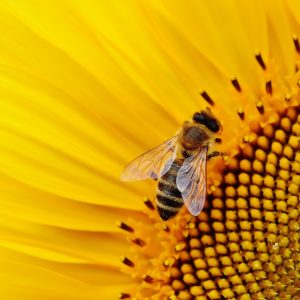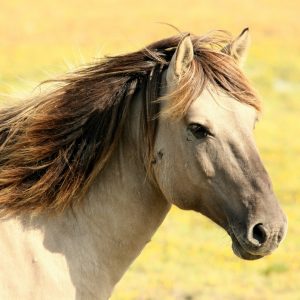Develop your abilities to analyse and make decisions about the management requirements of beef cattle. The course is a comprehensive introduction covering such things as Cattle Breeds; Beef Cattle Production Systems; Cattle Breeding; Diseases in Beef Cattle; Nutrition for Beef Cattle; Commercial Herd Management; Feed Lot Management; Stud Herd Management; Management, Economics and Marketing.
E-Learning Structure
The duration of this online course is 100 hours. This consists of 10 in-depth lessons:
- Introduction to Beef Production and Beef Cattle Breeds
- Beef Cattle Production Systems
- Beef Cattle Breeding
- Diseases in Beef Cattle (Viral and Bacterial)
- Diseases in Beef Cattle (Parasites, etc.)
- Nutrition for Beef Cattle
- Commercial Herd Management
- Feed Lot Management
- Stud Herd Management
- Management, Economics and Marketing
Course Aims
- Visit a range of enterprises which may include farms, agricultural shows, and suppliers of farm products in order to research, photograph, describe and specify facilities in the places visited as a basis, or part basis, of assignment questions;
- Identify beef cuts on a labelled diagram of a steer’s body;
- Judge a beef animal according to commonly recognised commercial standards;
- Choose two breeds suitable for beef production in specified climates;
- Observe and report on common cattle husbandry tasks, including dehorning, castration, dipping, vaccination, and drenching;
- Explain methods that are used to control beef cattle movements;
- Prepare a production schedule or timetable of husbandry practices for a typical beef cattle property in your locality for a period of 12 months;
- Attempt to determine the nature and scope of beef cattle breeding in your state or country;
- Explain the differences between and advantages of pure breeding and cross breeding;
- Describe and explain management and other factors that can affect calving percentage and calf weaning;
- Visit a supplier of health care treatments for cattle to determine what products (eg. dips, medicines etc) are available;
- Describe a significant viral disease, including its identification, symptoms and control;
- Interview someone working in the industry to determine the significance and nature of disease problems in beef cattle;
- List parasites and related organisms that are significant to beef cattle in your region;
- Report on the preferred food requirements for beef cattle on a beef property you have visited;
- Explain common health problems affecting animals, including the circumstances under which animals contract health problems, and methods used to prevent the development of ill health.
- Analyse physical indicator symptoms of ill health in animals.
- Explain the diagnostic characteristics of the main types of animal pathogenic microorganisms.
- Explain the methods used in the treatment of pests and diseases in farm animals.
- Explain the role of inflammation, including it’s symptoms and causes, in animals.
- Determine the taxonomic class of animal pests and diseases.
- Explain the biological processes which affect and control the immune system in animals.
- Explain the biological processes which affect and control tissue repair in animals.
- Determine procedures for the management of wounds to animals, on a farm.
- Explain the processes involved in cellular change in animals.
- Diagnose simple health problems in farm animals.
- Develop guidelines for assessing general signs of ill health in beef cattle. These guidelines should consider diseases and nutritional factors;
- List minimum equipment required to run a commercial beef cattle property. Equipment will include suitable machinery and tools;
- In table form (or chart), distinguish between bulls, heifers and calves;
- Describe three diseases affecting feedlot cattle;
- List criteria for selecting cattle for a feedlot and state what characteristics of the cattle should be considered;
- In table format with two columns, compare the management of beef cattle in feedlot with the management in a paddock;
- Explain in 500 words the management of a stud beef herd on a property you visited;
- Explain in 200 words the legal requirements and regulations concerning beef cattle;
- Distinguish the following terms of grades of beef: prime, choice, good, standard, utility.
How Does A Warnborough Online Course Work?
You can start the course whenever is convenient for you. You will be studying from home and have access to support from our qualified tutors. Practical exercises and research tasks will be set at the end of each lesson – including an assignment. You will submit this assignment to your course tutor, who will mark your work and give you constructive feedback and suggestions.
If you have any questions please contact us.





